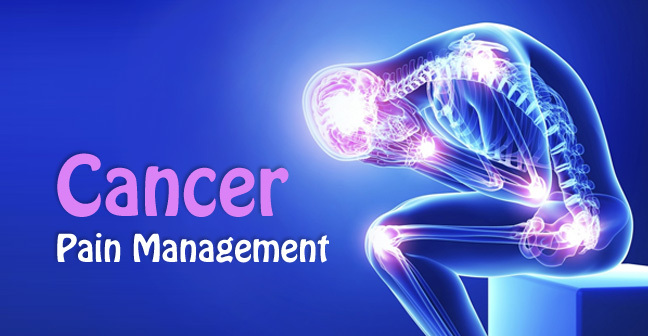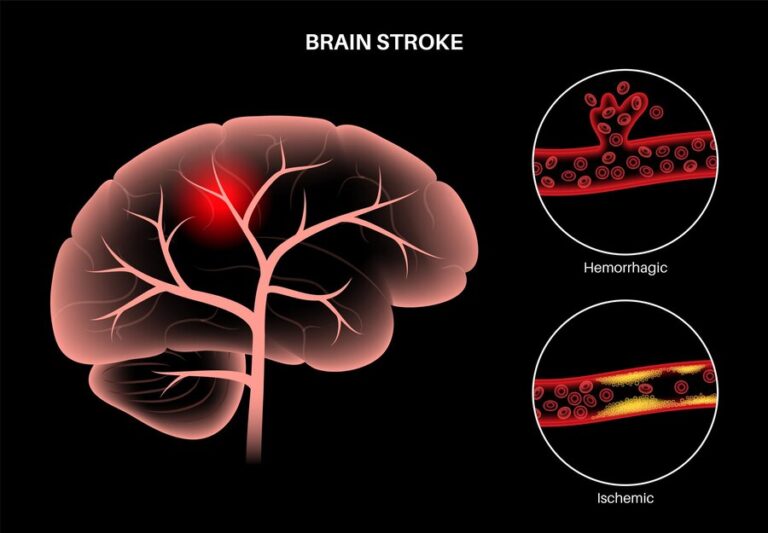Understanding and Managing Cancer Pain: A Comprehensive Guide
Cancer, a pervasive and formidable disease, affects millions of lives worldwide. Beyond its physical toll, cancer often brings with it a myriad of challenges, one of the most distressing being cancer pain. Pain associated with cancer can vary widely in intensity, duration, and location, impacting not only the patient’s physical well-being but also their emotional and psychological health. In this article, we delve into the complexities of cancer pain, exploring its causes, types, assessment, and management strategies.
To Know More About It Please Click Here
Understanding Cancer Pain
Cancer pain can arise from various sources, including the tumor itself, treatments such as surgery, chemotherapy, or radiation therapy, or from other medical conditions associated with cancer. Either acute, chronic, or a mix of the two types of pain is possible. It may feel like scorching discomfort, throbbing pain, intense stabbing sensations, or dull pains. Moreover, cancer pain may be localized to the site of the tumor or metastasize to other areas of the body, complicating its management.
Types of Cancer Pain
- Nociceptive Pain: This type of pain results from tissue damage or inflammation caused by the tumor pressing on nerves, bones, or organs. It is often described as a dull, aching sensation and can be well-controlled with traditional pain medications like nonsteroidal anti-inflammatory drugs (NSAIDs) or opioids.
- Neuropathic Pain: Neuropathic pain arises from nerve damage caused by the tumor or its treatments. It is characterized by shooting, burning, or electric shock-like sensations. Medications such as antidepressants, anticonvulsants, and certain opioids are commonly used to manage neuropathic pain.
- Visceral Pain: Visceral pain originates from organs affected by cancer and is often described as a deep, squeezing sensation. It can be challenging to localize and may require a multidisciplinary approach for effective management, including medications, nerve blocks, or other interventional procedures.
- Bone Pain: Cancer frequently metastasizes to the bones, leading to bone pain that is often severe and debilitating. Treatments may include medications like bisphosphonates or denosumab to strengthen bones and relieve pain, as well as radiation therapy or surgical interventions to target the tumor.
Assessment of Cancer Pain
Assessing cancer pain is crucial for developing an individualized treatment plan. Healthcare providers utilize various tools, such as pain scales and questionnaires, to evaluate the intensity, location, quality, and impact of pain on the patient’s daily functioning. Additionally, factors such as the patient’s medical history, previous treatments, and psychosocial aspects are considered in the assessment process.
Management Strategies
Effective management of cancer pain requires a comprehensive and interdisciplinary approach aimed at improving the patient’s quality of life. Treatment strategies may include:
- Medications: Pharmacological interventions are the cornerstone of cancer pain management and may include over-the-counter analgesics, opioids, adjuvant medications (such as antidepressants and anticonvulsants), and localized anesthetics.
- Interventional Procedures: For refractory pain or when medications alone are insufficient, interventional procedures such as nerve blocks, epidural injections, or radiofrequency ablation may be recommended to target specific pain pathways.
- Physical and Integrative Therapies: Physical therapy, acupuncture, massage, and relaxation techniques can complement pharmacotherapy and help alleviate pain while promoting overall well-being.
- Psychosocial Support: Cancer pain often takes a toll on patients’ emotional and psychological health. Counseling, support groups, and mindfulness-based interventions can assist patients in coping with pain-related distress and improving their overall resilience.
- Palliative Care: Palliative care focuses on improving the quality of life for patients with serious illnesses, including cancer, by addressing pain and other distressing symptoms through a holistic approach that encompasses physical, emotional, and spiritual dimensions.
Conclusion
Cancer pain is a complex and multifaceted challenge that requires a personalized and holistic approach to management. By understanding the various types of cancer pain, assessing its impact on patients, and employing a combination of pharmacological, interventional, and supportive therapies, healthcare providers can strive to alleviate suffering and enhance the well-being of individuals living with cancer. Furthermore, ongoing research and advancements in pain management techniques hold promise for improving outcomes and enhancing the quality of life for cancer patients in the years to come.
Also, Follow us on Instagram







